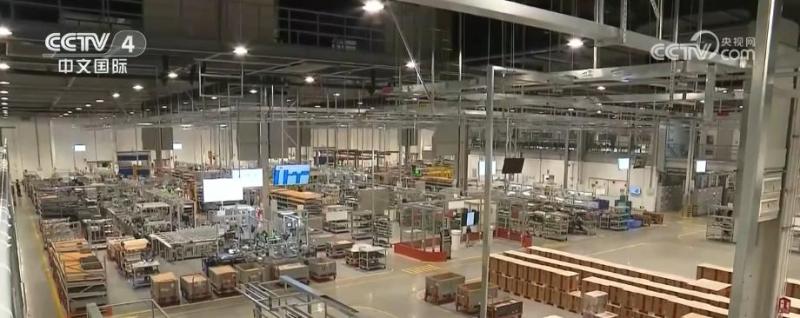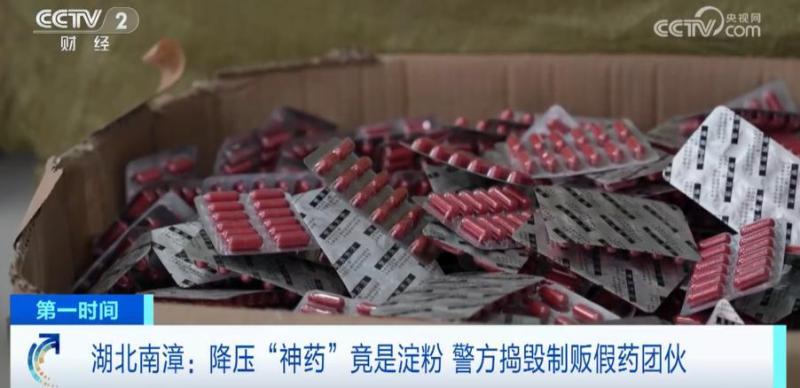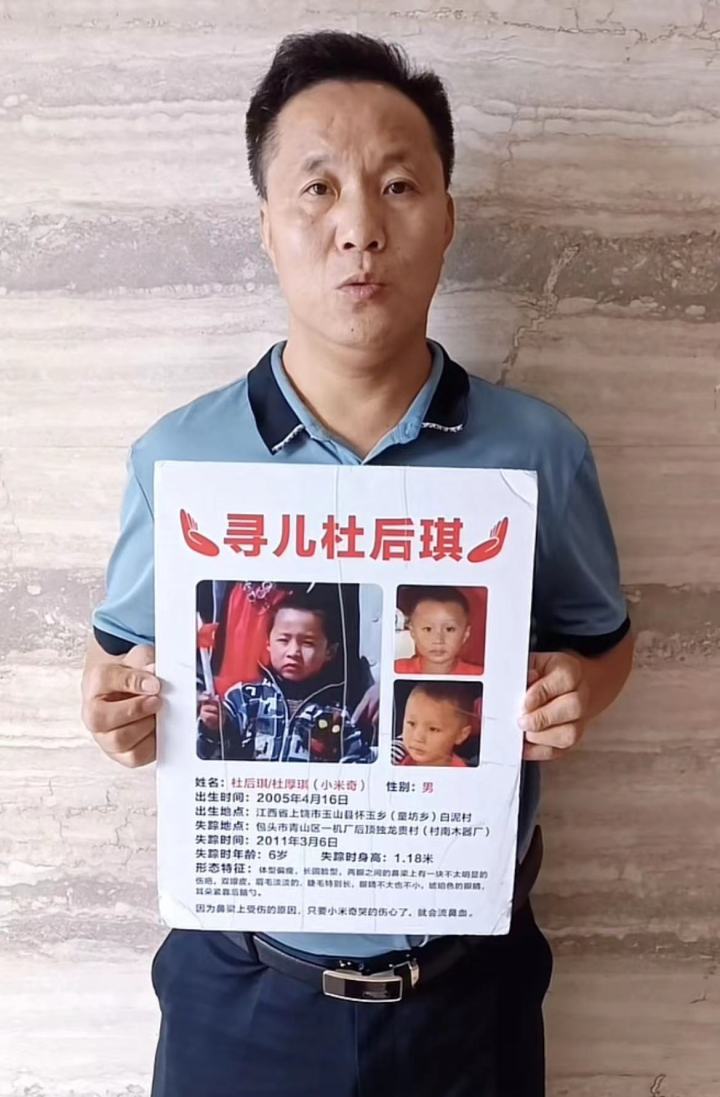How long can the international capital flow back last? , Export data rebounded, driving stocks and foreign currencies to rise
China's April import and export data released on May 9 turned negative to positive, exceeding market expectations. In April, imports in US dollars increased by 8.4% year-on-year to US$220.1 billion, and exports increased by 1.5% year-on-year to US$292.45 billion.
On the same day, A-shares, Hong Kong stocks and the RMB exchange rate continued to rebound, with the Shanghai Composite Index reaching 3,150 points, the Hang Seng Index standing at 18,500 points, and the offshore RMB exchange rate fluctuating around 7.2. China's stock market has been the best-performing market in the world over the past week and month, also due to some early signs of macroeconomic stability since the beginning of the year, especially the stabilization of exports and manufacturing, as well as regulators stepping up efforts to stabilize the stock market. . Exports increased by 7.1% year-on-year from January to February. April's PMI further confirmed that economic growth has bottomed out, while industrial production and fixed asset investment were also better than expected.
In addition to local factors in China, the overseas background for the recent rise in the Chinese market includes - global quantitative and hedge funds began to return in March, while global long-term holding investors' underweight positions in China reached their lowest point at the end of January, with A Capital outflows from stocks and Hong Kong stocks began to stop.
“With valuations repaired to a certain extent, the rise in China’s stock market will also require improvements in domestic fundamentals, especially profitability, to maintain the recent upward momentum. In the past three weeks, the valuation of the MSCI China Index has continued to repair and is currently around 10 times, the relative valuation discount has been significantly narrowed, from more than 30% to less than 20% compared to emerging markets, and from nearly 50% to nearly 35% compared to the Japanese market," Morgan Stanley said. Chinese equity strategist Wang Ying said the latest.
Since October 2023, the global manufacturing PMI has rebounded. In March 2024, the PMI of many countries returned to above the 50 line, indicating that the global economy is undergoing a phased recovery. For example, the global manufacturing PMI hit 50 in January, and the U.S. manufacturing PMI returned to above 50 for the first time in March, at 50.3. This boosted overseas demand for Chinese exports. Since March, the new export orders index in China's official manufacturing PMI has expanded for two consecutive months, indicating that external demand has improved recently, boosting export growth momentum.
Luo Huanjie, a senior researcher at the Guangkai Chief Industrial Research Institute, told reporters that exports and imports in April increased by 1.5% and 8.4% year-on-year respectively, a significant increase of 9 and 10.3 percentage points respectively from the previous value, and both were better than market expectations. The trade surplus in April was US$72.35 billion, which, although lower than expected, expanded by US$13.8 billion from the previous value. The rebound in external demand, the recovery of the U.S. real estate cycle and the overlapping inventory replenishment cycle combined with the low base effect have driven exports to achieve rapid growth. On the basis of a low base, improving domestic demand and price factors drove import growth from falling to rising.
"Exports have been the bright spot of China's economy so far this year. Weak domestic demand has led to heightened deflationary pressures, boosting China's export competitiveness. This is actually good news for the global economy, given the inflationary pressures that many central banks are dealing with. But this is actually good news for the global economy. You may want to note that exports of certain industrial products such as electric vehicles may face higher tariffs as they compete with domestic manufacturers," Zhang Zhiwei, chief economist of Baoyin Asset Management, told China Business News.
From the perspective of export commodities, from January to April, the export value of ships, automobiles and integrated circuits ranked among the top three, with increases of 101.4%, 21.2% and 19.1% respectively, indicating that the export structure has continued to upgrade and improve. The proportion of mechanical and electrical products has been consolidated. Continuous improvement. As the economy stabilizes, domestic demand has improved. Both the new orders and purchase volume indices have expanded for two consecutive months.
Overall, China's economic data this year showed positive signs, so foreign investors began to be more willing to pay attention to the subsequent performance of the data, and some long-term funds even lowered their underweight China. Data show that China's GDP grew by 5.3% in the first quarter, which was better than market expectations. Import and export and industrial production were the bright spots, while consumption performance was mediocre. There was still great pressure on real estate, with newly started construction area and sales area falling by 27.8% and 19.4% respectively. At the same time, monetary and financial indicators performed weakly, and new social financing and RMB loans were lower than the same period last year.
"After the 'Two Sessions', macro policies were stable and the capital market ushered in heavy policies. The central bank did not further relax monetary policy, and fiscal expenditures did not move forward." Wu Zhaoyin, macro strategy director of AVIC Trust, told reporters.
However, the subsequent Politburo meeting once again boosted market confidence. "Policies in the real estate field have undergone significant changes. The stability of the real estate market will help boost domestic demand and ease deflationary pressure." Zhang Zhiwei said.
The Politburo meeting in April called for "digesting existing real estate and optimizing incremental housing." Various localities have launched city-specific optimization policies, including relaxing purchase restrictions and supporting "replacement of old properties with new ones."
On May 9, Hangzhou completely lifted purchase restrictions. "This policy optimization and adjustment is of great significance. It is the first city in the country to fully lift purchase restrictions after the Politburo meeting at the end of April. It is also a great inspiration for other cities that still have purchase restrictions, which means that starting from May There will be an unprecedented wave of policy relaxations," Yan Yuejin, research director of E-House Research Institute, told reporters that looking back at Hangzhou's path to relaxing purchase restrictions in the past two years, it first targeted the suburban market and then targeted second-hand housing in core areas. Relax. This time it is clear that there are no longer purchase restrictions, which means that there are no longer purchase restrictions in urban areas, Shangcheng, West Lake, Gongshu and Binjiang. It means that there are no social security payment conditions for subscribing new houses in such areas.
Taking into account stronger real growth momentum in the first quarter of 2024, Morgan Stanley's China economic team latest estimates, driven by exports and moderate stimulus, will raise the real GDP growth forecast for the full year of 2024 from 4.2% to 4.8%. The nominal growth forecast was revised up to 4.7% from 4.3%.
Overseas funds will enter a stable period after rapid increase in positions
Chinese stocks are the best performers globally on a recent week and month basis. The relative performance of the MSCI China Index bottomed on February 2, 2024, and has begun to recover since then, with momentum accelerating especially since April 19.
As of May 7, the MSCI China and Hang Seng Indexes had returned 9.5% and 8.9% respectively, while the MSCI World Index and the MSCI Emerging Markets Index had returned 6.7% and 4.2% respectively during the same period. A-shares have lagged offshore Chinese markets but have also posted a 4.8% return since February 2.
In addition to increasing positions in China's local market, the return of overseas funds is also key. Especially for Hong Kong stocks, more speculative funds such as hedge funds and quantitative funds are the main force, and long-term funds have not yet shown a trend of increasing positions.
According to data from EPFR, Morningstar, IHSMarkit, etc., the capital situation of offshore Chinese market funds in April can be summarized as follows: active long-term holding funds sold a net US$2.34 billion, and passive long-term long funds sold a net US$1.22 billion. Southbound funds bought a net US$10.7 billion; but more speculative funds increased their participation - in April, the premium of Hang Seng Index futures and Hang Seng Technology Index futures increased, which also showed that quantitative funds were more actively involved in the offshore market. The long trend is in progress.
An overseas investment banker told reporters that foreign long-term holding funds have obviously participated in the recent market rise. But they do see a tendency to hold on to China positions and sell stocks in other parts of Asia to meet investor redemptions. Their underweighting of the Chinese market is decreasing.
However, after the sharp rebound, Morgan Stanley predicts that the subsequent momentum may moderate and does not recommend chasing gains at the index level. One reason is that short-term overbought technical signals have emerged, which may reduce further buying by global quant funds. Given the improvement in investor sentiment, it is more recommended to focus on individual stocks and thematic investment opportunities.
Another reason is that global geopolitical concerns and concerns about rising stock market volatility in the United States and Japan have eased. Specifically, Wang Ying said that in terms of positions, global long-term investors’ underweight positions in China reached their lowest point around the end of January, and the continued outflow of A-shares and Hong Kong stocks finally stopped. The reason is that from a technical perspective, the actual volatility of the Chinese stock market peaked at the end of January, forcing fund managers to reduce active risks by reducing underweighting and short positions, and the positions of global investors have now been adjusted. At the same time, the urgency to reduce U.S. and Japanese stock market positions has diminished as geopolitical, yield and currency factors weaken or reverse.




